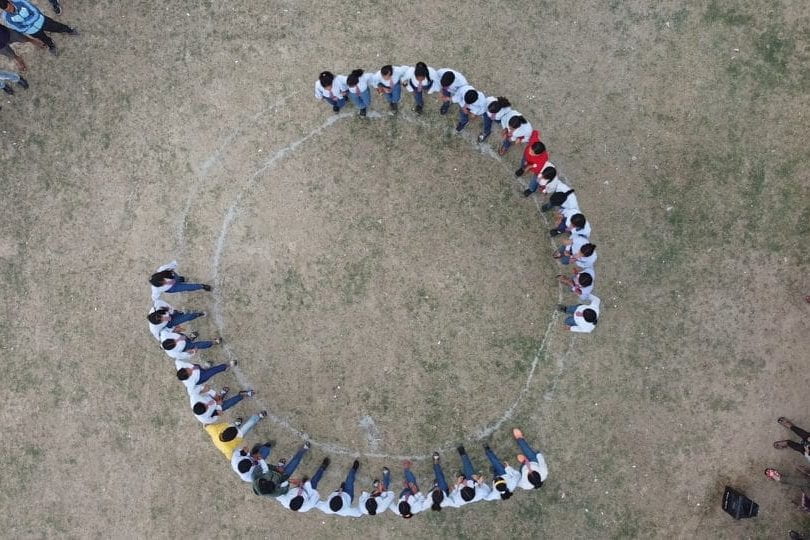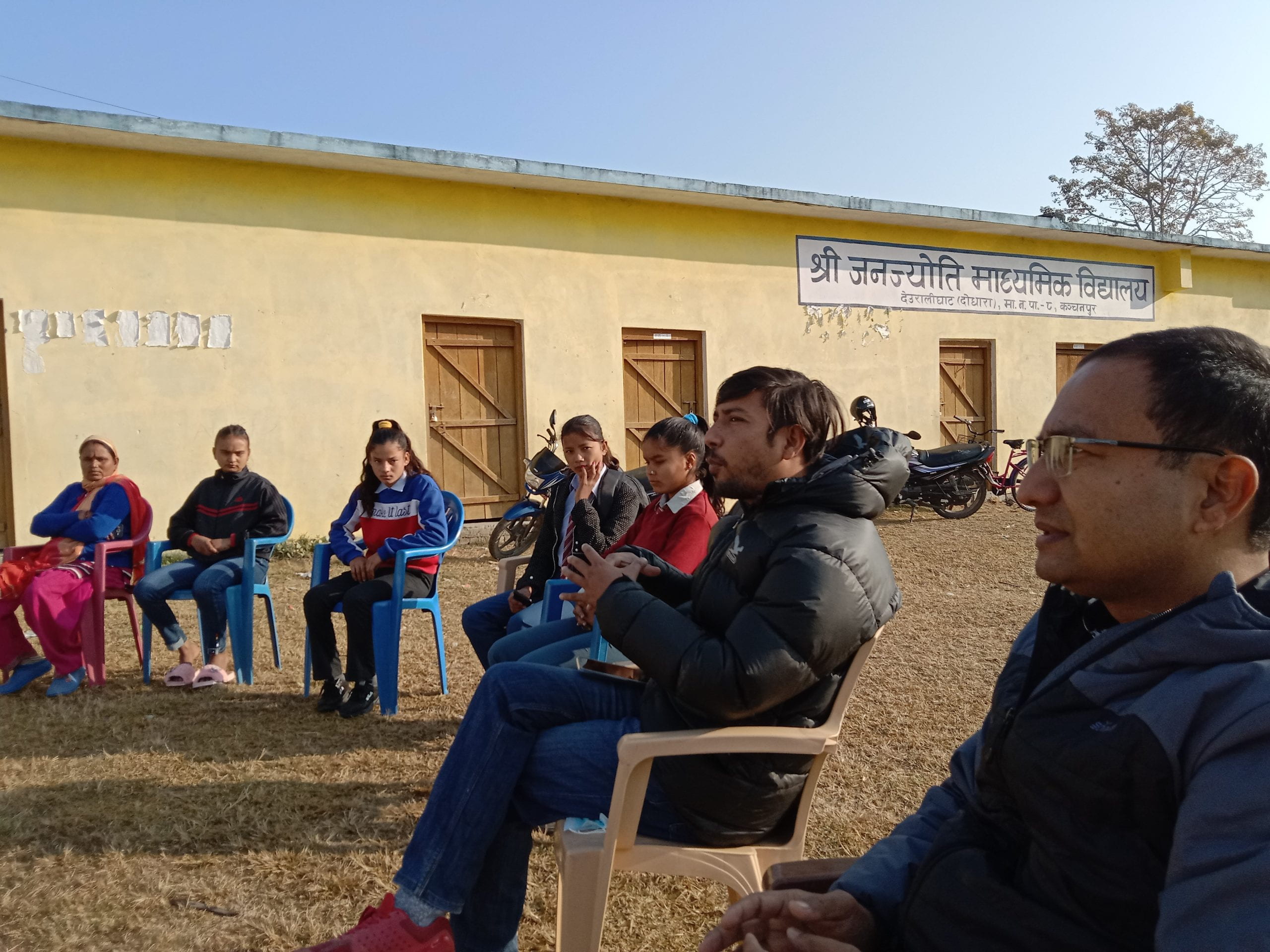In Nepal, MAP has been led by co-investigators from the Tribhuvan University (TU) and the Human Rights Film Centre (HRFC) since its inception. Informed by a series of scoping visits throughout 2020, MAP in Nepal has built partnerships with strategic organisations linked to national policy makers, including the Association of Youth Organisations Nepal (AYON) and the Consortium of Organisations Working for Child Participation (CONSORTIUM-Nepal).
During Phase One in 2021, the MAP team in Nepal conducted 71 engagement activities, reaching over 3,024 active participants, 71 cultural practitioners, and 196 teachers. MAP’s primary objective in Nepal, was to influence national curricula and youth policies through local in-school and out-of-school clubs. As part of these efforts, MAP established youth clubs across four districts in Nepal (Kanchanpur, Palpa, Makawanpur, and Lalitpur) to engage children and youth in arts-based activities focused on peacebuilding. These clubs brought in 141 young members who received training in arts-based methodologies, including mobile filmmaking workshops.
Alongside these activities, MAP has developed central and long-term collaborations with public arts venues and artists to introduce young people to traditional forms of artistic expression in Nepal. In particular, MAP has identified existing indigenous arts-based practices, including Deuda, Tamang, and Selo folk songs and dance, which are adapted in youth-led MAP activities.
Small Grant projects: January – May 2022

In Nepal, the Small Grants funded 7 MAP youth school club projects across Kanchanpur, Palpa, and Makwanpur districts. The projects were implemented between January and March 2022, with policy work continuing until May 2022. The funded projects addressed various issues such as ethnic and caste-based discrimination, menstrual taboo, child marriage, and human trafficking. These projects utilised different methods, including plays and theatre, songs, exhibitions, short films, and a radio station. The young participants expressed their feelings and possibly trauma through art therapy, such as filmmaking, drawing, painting, collages, etc. The projects not only raised community awareness but also engaged with stakeholders such as local police, elected officials, and decision-makers to influence policy. Each project produced a policy brief, presenting the social problem, the work done by young people, and recommendations for solutions, which were shared with relevant local decision-makers, policymakers, and stakeholders.
